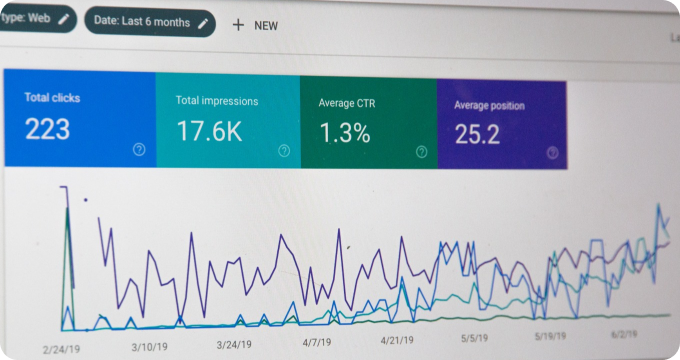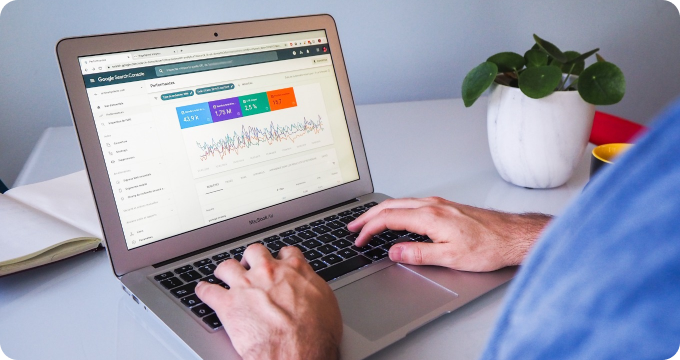How to Hire the Right Demand Forecasting Software for Your Business
- November 03, 2023
- 2 minutes
Demand forecasting is a critical component of supply chain management. The efficacy of this process can have a significant impact on company profitability and competitiveness. It's therefore imperative to employ the best demand forecasting software that can deliver accurate predictions to optimize operational efficiency. In this discourse, we explore the crucial considerations when hiring the right demand forecasting software for your business.
The demand forecasting software market is inundated with an array of options, each offering unique features and capabilities. Therefore, the process of selecting suitable software often mirrors a labyrinth, fraught with challenging decision-making junctures. However, demystifying this process rests on understanding the fundamental aspects of demand forecasting and their relevance to your business context.
Demand forecasting essentially employs historical sales data to predict future demand for products or services. This prediction is critical in informing various strategic decisions, such as inventory management, financial planning, marketing, and production scheduling. The overarching aim of demand forecasting is to minimize the cost of either overstocking or understocking. Therefore, the effectiveness of demand forecasting software lies in its predictive accuracy, which directly translates into cost savings and improved customer satisfaction due to better service delivery.
The first consideration when selecting a demand forecasting software is its algorithmic robustness. The software should be built on advanced statistical and machine learning algorithms capable of processing complex datasets to generate accurate forecasts. These algorithms range from classic statistical models like Autoregressive Integrated Moving Average (ARIMA) to more advanced machine learning techniques such as recurrent neural networks (RNNs). While the former has been proven over time to deliver reliable results, the latter presents greater accuracy, especially with non-linear and non-stationary data, albeit at a higher computational cost.
Second, the software should offer a high degree of adaptability. Demand patterns can be influenced by a plethora of internal and external factors, from marketing campaigns to macroeconomic shifts. Therefore, the most effective demand forecasting software should be sensitive to these variations and quickly adapt its predictive model accordingly.
A third aspect to consider is the user interface and usability of the software. While the underlying technology may be complex, the user interface should be intuitive and user-friendly, allowing users to easily input data, run forecasts, and interpret results. Furthermore, the software should have strong data visualization capabilities, enabling users to understand and communicate the insights effectively.
It's also imperative to consider the scalability of the software. As businesses grow and diversify, the volume and complexity of data also increase. Therefore, the demand forecasting software should be capable of handling increased data loads without compromising its performance or accuracy. In addition, the software should be flexible enough to incorporate new data sources and types as necessary.
Integration is another key factor to contemplate. The software should seamlessly integrate with other enterprise systems such as ERP, CRM, or data warehouses, ensuring smooth data flow and preventing any duplication of effort.
Customer support and training services are equally crucial considerations. The provider should offer comprehensive technical support and training to ensure that users can maximize the software's capabilities.
Cost, while important, shouldn't be the sole determining factor. Evaluating the software against its potential return on investment is a more pragmatic approach. High-quality software might entail a higher initial investment, but it can deliver substantial long-term cost savings through improved forecasting accuracy and operational efficiency.
In conclusion, hiring the right demand forecasting software for your business is a nuanced process that requires a comprehensive understanding of your business context, data environment, and strategic objectives. By considering the software's algorithmic robustness, adaptability, usability, scalability, integration capabilities, support and training services, and cost-effectiveness, businesses can make an informed decision that will enhance their demand forecasting and overall operational efficiency.
Learn More
Unleash the power of prediction and take your business to new heights by delving deeper into our insightful blog posts on demand forecasting software. For an unbiased, comprehensive view, the reader is encouraged to explore our meticulously curated rankings of the Best Demand Forecasting Software.
Popular Posts
-
 7 Compelling Reasons Why Your Business Needs Demand Forecasting Software
7 Compelling Reasons Why Your Business Needs Demand Forecasting Software
-
 The Future of Demand Forecasting Software: Predictions and Emerging Trends
The Future of Demand Forecasting Software: Predictions and Emerging Trends
-
 Ask These Questions to a Demand Forecasting Software Provider to Choose the Right Solution for Your Business
Ask These Questions to a Demand Forecasting Software Provider to Choose the Right Solution for Your Business
-
 How to Hire the Right Demand Forecasting Software for Your Business
How to Hire the Right Demand Forecasting Software for Your Business
-
 7 Things I Wish I'd Known About Demand Forecasting Software Before Implementing One
7 Things I Wish I'd Known About Demand Forecasting Software Before Implementing One






